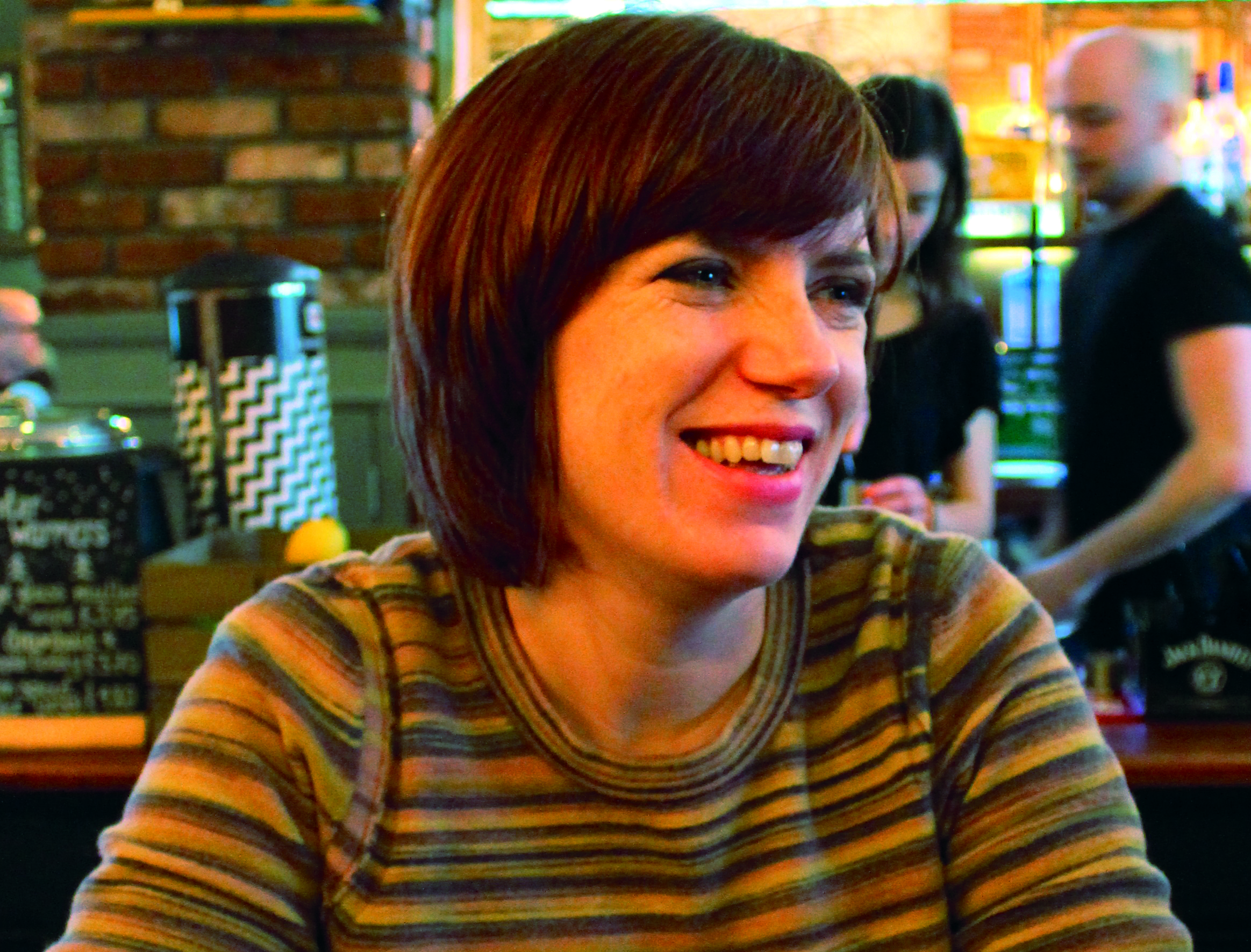The Highland Wildlife Park has announced the birth of an endangered Amur leopard it hopes will be the first to be reintroduced to the wild in Russia
One of the rarest big cats in the world has been born at Scotland’s Highland Wildlife Park with hopes it will be released into the wild in Russia.
If successful, it would be the first ever reintroduction to the wild of a critically-endangered Amur leopard. It is though there are only about 100 of the leopards, which is native to Russia, China and Korea, in the wild. Most are found in the far east of Russia near the Chinese border.
Highland Wildlife Park is home to the zoo world’s only purpose-built Amur leopard habitat which is not on public view. This habitat has been designed solely to breed Amur leopards and maximise the possibility of their being released into the wild.
With minimal human contact, it is not yet known if more than one cub has been born.
Douglas Richardson, head of living collections at the park, at Kincraig, near Kingussie, said: “Our approach to managing this highly threatened cat is globally unique, with the zoo and conservation community watching what we do with a view to following our lead.
“Being able to send captive-bred Amur leopards back to a part of their historic wild range in Russia would represent an extraordinary conservation success.”
Although progress has been made in recent years, habitat loss, poaching and conflict with humans remain threats to the Amur leopard.
Working with conservation partners, including the Zoological Society of London and conservation authorities in Russia, the Highland Wildlife Park hopes to introduce cubs born at the park to a region northeast of Vladivostok.
“A phased approach would be needed, with young leopards spending several months acclimatising and sharpening their survival skills in a contained, naturalistic environment within the proposed location of Lazovsky Zapovednik, before being released and monitored,” explained Richardson.
“Introducing such a large predator to the wild is incredibly complex but, all being well, we hope this may be possible in the next few years.
The park’s breeding complex was completed last year and funded by an anonymous donation. Freddo, the father, arrived from Tallinn Zoo in Estonia, while the mother, Arina, was born at Twycross Zoo in the Midlands.
Staff at the Highland Wildlife Park initially confirmed the birth by observing the behaviour of the mother, as Arina had become increasingly secretive.
They have now heard cub vocalisations and one keeper caught a fleeting glimpse of Arina moving a cub from a distance.
At this early stage it is not known if Arina has had more than one cub.
The cub’s first physical check-up would be when it is around three months old, at which point its gender will be established.







